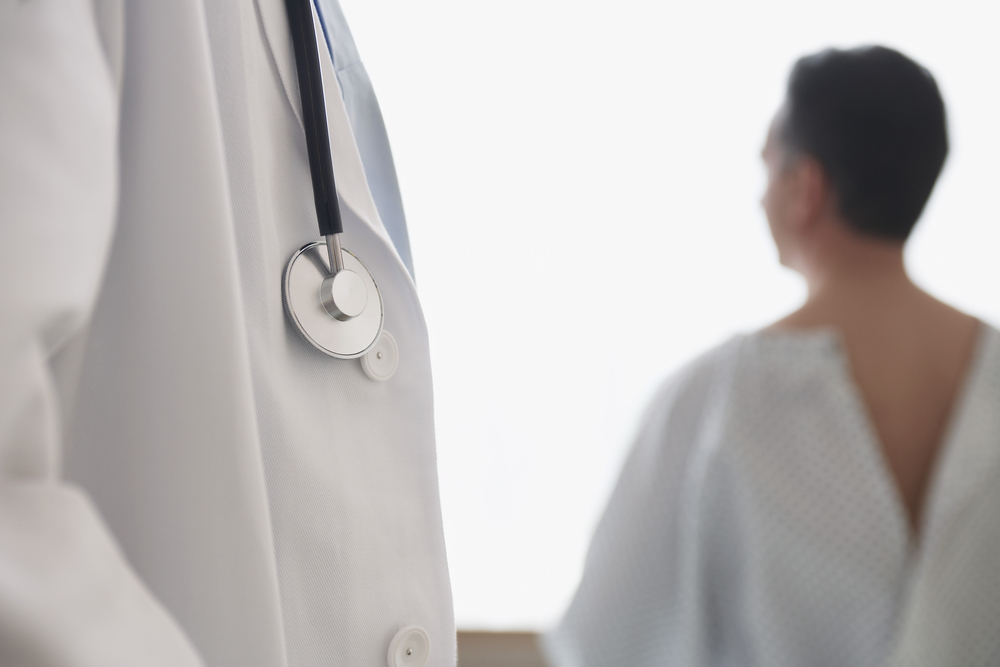Hospitals are full of sick people, making them the ideal breeding grounds for dangerous bacteria. According to the CDC, in 2011, 650,000 people developed serious infections after being admitted to U.S. hospitals, and 75,000 died. Statistically speaking, hospital-acquired infections are the nation’s 8th leading cause of death. Share on X
Preventing Hospital-Acquired Infections
Many hospitals have cut the risk of some of hospital acquired infections (HAI), but too many have not. Even in hospitals that are trying to curb HAIs, simple oversights can lead to devastating consequences.
Hand Washing
The hands of doctors, nurses and staff are the most common method of infection transmission between patients. Hand washing is widely accepted as the single most important measure in infection control. Warm water and antibacterial soap is the preferred method of hand washing, though hand sanitizer may be used when there is no visible debris on the hands.
Sanitize Linens
There is a distinct difference between health care linens that have been sanitized and linens that simply appear clean. The microorganisms that cause infection are not visible by the naked eye, therefore it’s vital that linens be properly cleaned and sanitized to prevent the spread of bacteria and germs.
Wear Proper Attire
Gloves are an important additional way to reduce infection, but they aren’t meant to replace hand washing. Possible contamination of hands and transmission of infection is possible, even while gloves being worn. Sterile gloves should never be reused. Sterile gowns and masks are also appropriate in many health care settings, particularly when in contact with biological fluids.
Medical Equipment
Anyone who has seen a doctor knows that one of the first things they do is check your heartbeat with a stethoscope. However, this tool is often forgotten or neglected in efforts to prevent the spread of infection. Several studies have shown that only about 48% of healthcare providers clean their stethoscopes daily or weekly, 37% clean them monthly, with 7% only cleaning them annually. Staphylococcus species were cultured from 89% of the participants’ stethoscopes, meaning that even the most innocuous medical devices can spread infection if not cleaned daily.
Wilkins Linen Can Help
Wilkins Linen understands that the cleanliness of your healthcare facility is your top priority, and for good reason. Hospital-acquired infections can devastate a facility for years following an outbreak. It’s important to be vigilant in training, and demand compliance from employees to keep patients safe and your doors open.
Contact Us to learn more about proper linen management and laundering.







